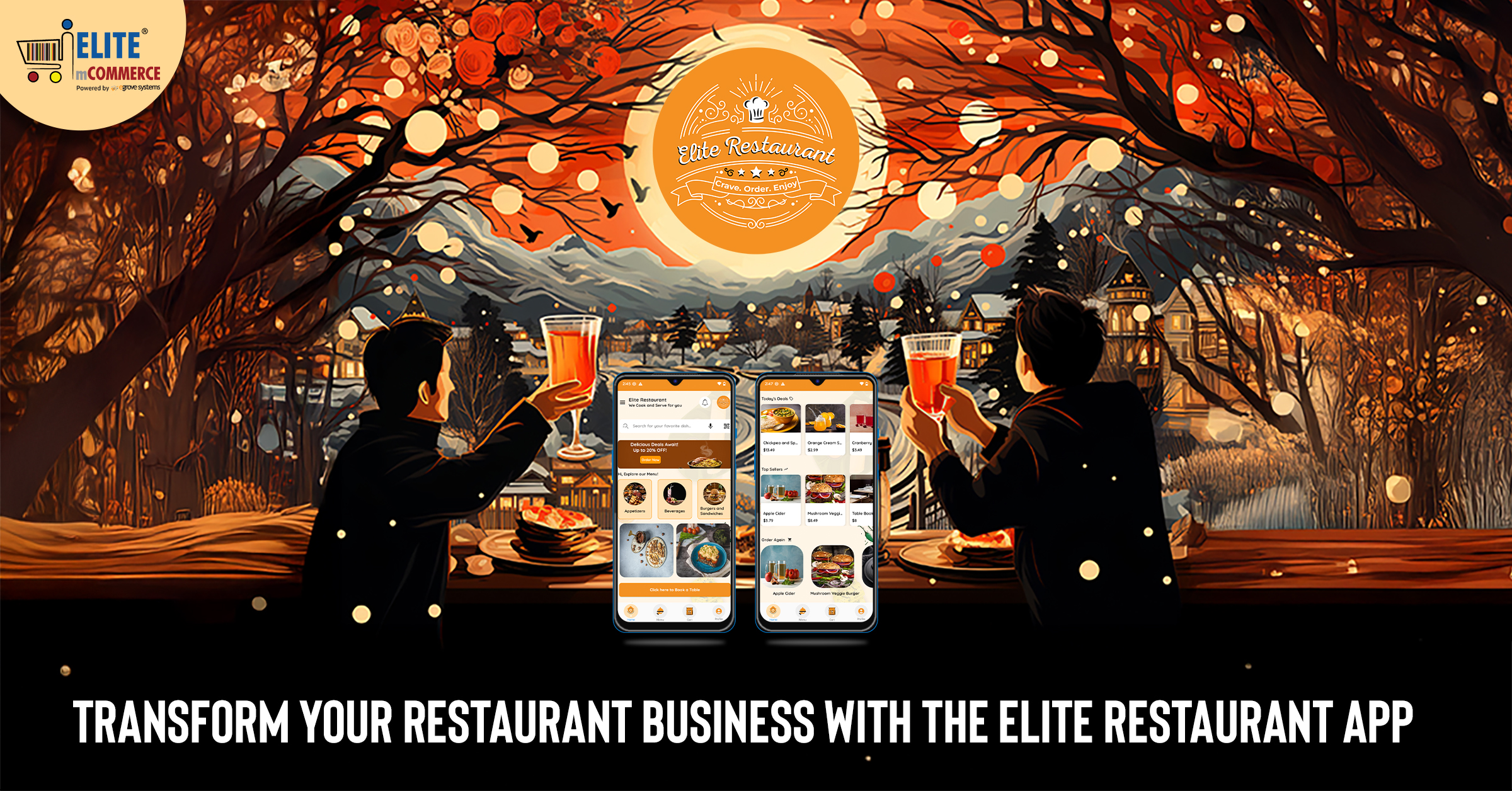Outdoor dining has proven to be an essential part of restaurant reopening over the past few months. In many regions, dining rooms have been limited to 25% or 50% in capacity by law, and diners who are being cautious about exposure to public places due to COVID-19 may prefer outdoor dining even if indoor space is available. Setting up outdoor dining has been a huge success during the spring and summer, but as colder weather approaches, restaurant operators fear that customers will be more reluctant to dine on-premises in more uncomfortable conditions, and are investing in better designs to make outdoor dining as pleasant as possible.
The Success of Outdoor Dining
Restaurants that have struggled to remain operational have gotten permission from cities and landlords to open outdoor dining even when they wouldn’t be allowed to otherwise. In places such as New York City, where 10,000 restaurants have instituted outdoor dining, these temporary measures have been extended indefinitely. The National Restaurant Association surveyed operators and found that 74% of full-service and 60% of limited-service operators now offer some form of outdoor seating, and outdoor dining makes up 44% of sales in full-service restaurants and 25% in limited service locations. However, they estimated that they can continue this service for only two more months as winter comes closer and temperatures drop.
How to Create Cold-Weather Dining Areas
Creating an outdoor dining area can be as simple as putting out chairs and tables on a patio, parking lot, or sidewalk, but customers will be more willing to visit if they have a comfortable experience. Heavier-duty solutions are needed, but restaurants are finding that these cost more money and are complicated to set up.
Many restaurants have already invested intents to provide a cosier eating experience, and enclosed outdoor spaces that shelter patrons from cold and windy weather are increasingly important. 49% of full-service and 25% of limited-service operators reported taking actions such as installing tents and patio heaters to promote outdoor dining in colder months.
Setting up tents or temporary walls will protect from winds and keep warmth in while adding carpeting or flooring also retains heat better than concrete or asphalt. Space heaters and heat lamps can create a comfortable dining environment that eaters will enjoy even in the winter months. Wood or plastic furniture won’t get as cold as metal chairs and tables.
Read also :- Why must grocery & food delivery services choose renewable food packaging now?
Challenges to Outdoor Seating
However, enclosed space can reduce some of the benefits of outdoor dining in mitigating the spread of infection, so many areas are placing the same limitations on it as for indoor dining. In New York City, outdoor dining is still restricted: 25% for tents that are enclosed, and 50% for those with open sides. But even without 100% capacity, the expanded space combined with indoor dining can help restaurants reach their usual level of on-premises traffic.
Tents and space heaters can cost thousands of dollars just for rentals, and they are both in high demand as many events move outdoors, leading to shortages and higher prices. Restaurants should also account for the electricity costs of outdoor heating, plus any upgrades and safety measures needed when running electrical cords to heaters outside.
Restaurants need to consider the amount of traffic that outdoor dining can bring in before making these investments. Groups like the National Restaurant Association are calling for tax breaks to support paying for outdoor upgrades, since they make the difference between staying open or not, and their survey found that 77% of full-service and 65% of limited-service operators would likely take advantage of incentives such as tax credits on outdoor equipment. Outdoor seating can be a deciding factor in whether a restaurant can bring in a daily stream of customers and support paying a full staff.
Other Adaptations for Cold Weather
Some restaurants are making other plans to cater to outdoor diners. They are changing menus to serve warming food like soups and braised meats earlier in the year and serving beverages like hot chocolate and hot cider. Operators also need to watch weather reports for winter storms and severe temperature drops to make the decision about whether to open.
Between outdoor dining and curbside pickup, restaurants are demonstrating creative ways to repurpose their exterior space to help remain accessible to customers. As the winter months approach, it’s crucial to have ways to attract customers who are less confident about eating out by giving them a comfortable, convenient, and memorable experience at your restaurant.









Add comment